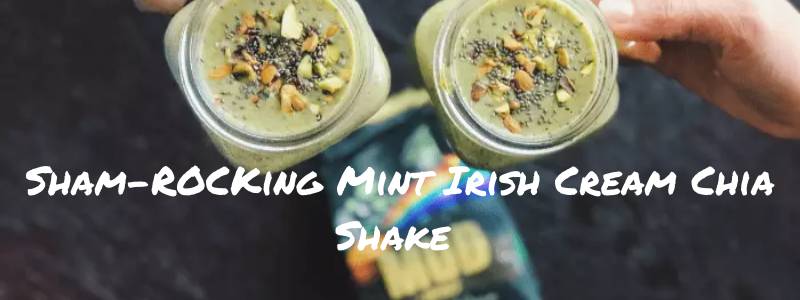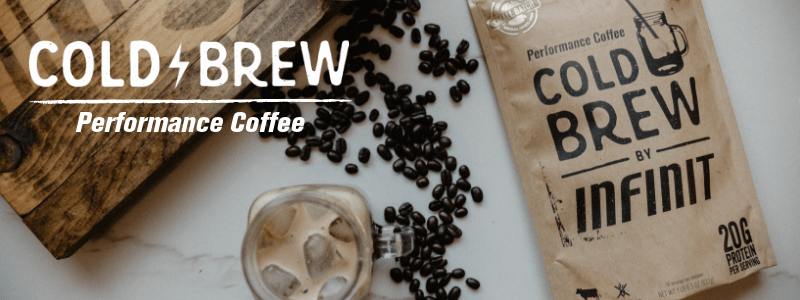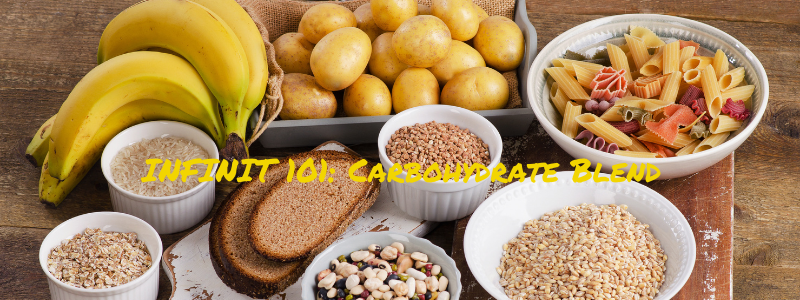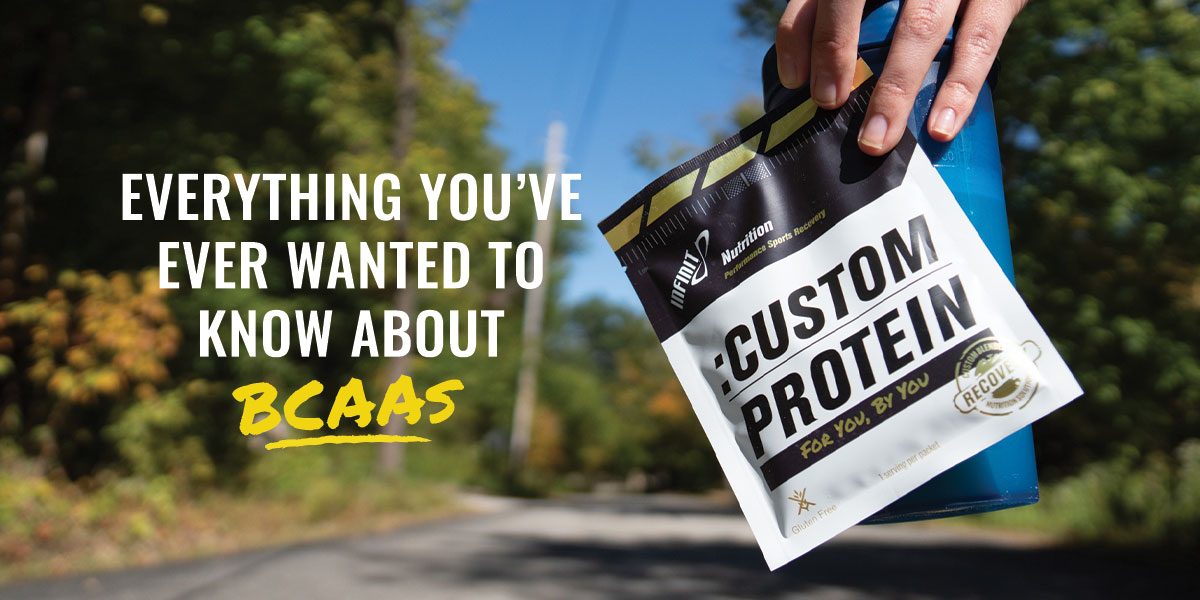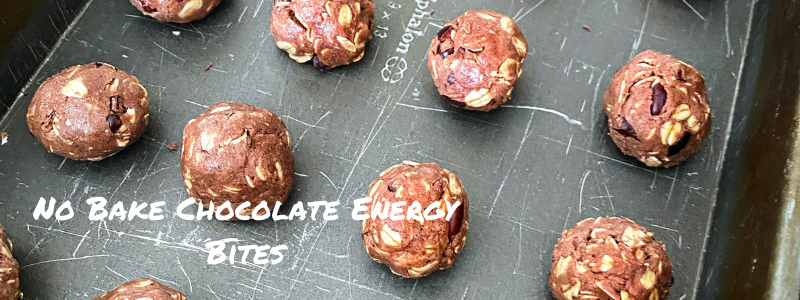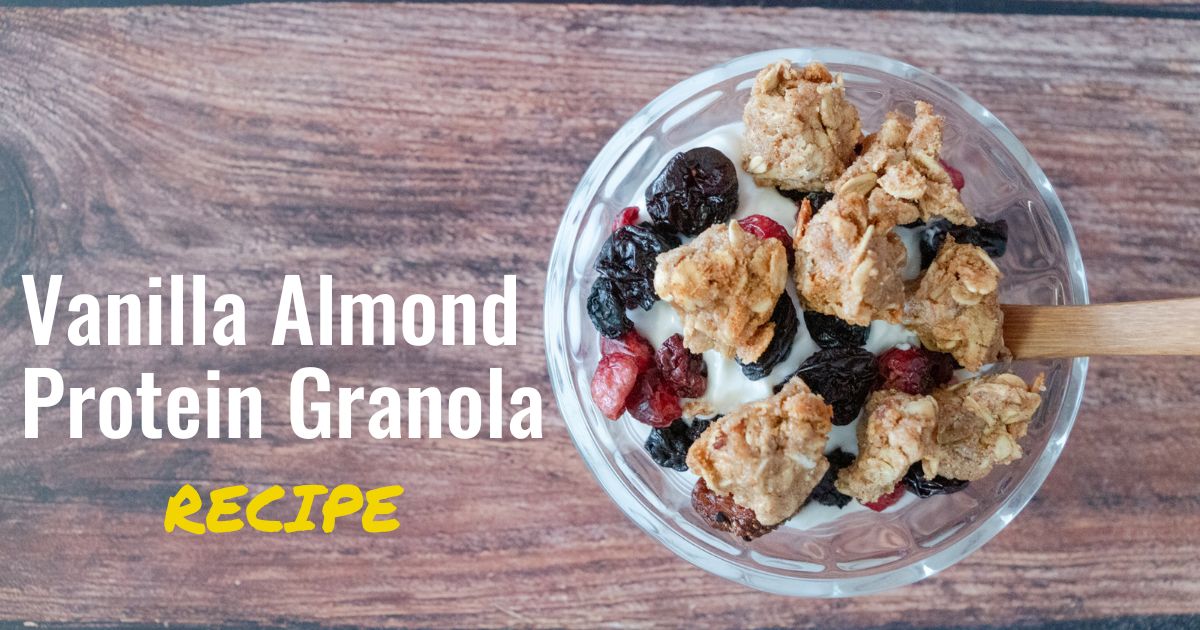What’s the Deal with Sugar?
- Mar 11, 2019
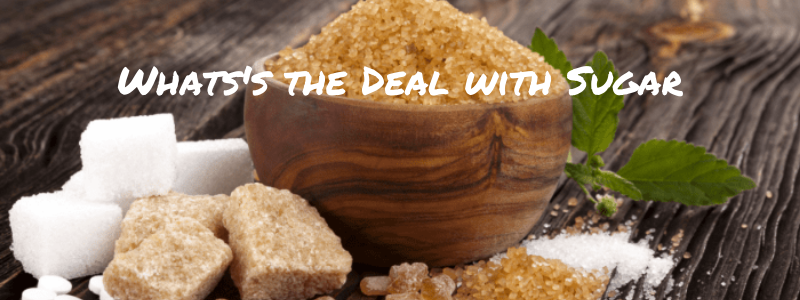
Sugar. This sweet and energy-rich substance (C12H22O11) has been used and treasured by humans for thousands of years.
It is one of the world’s oldest documented commodities. It's also one of the most utilized ingredients in the world, and is responsible for bringing sweetness to our lives in the form of baked goods, chocolate, ice cream, and so much more.
So why have these once highly valued granular bits of sweetness suddenly found their way into our health-conscious crosshairs?

A Brief History of Sugar
The first evidence of the domestication of sugar cane and use as a sweetener was around 8000 BCE, although chewing sugar cane for its sweet taste was likely well before that.9
Sugar cane cultivation was thought to have originated in New Guinea with their practices spreading throughout Asia by 600 CE, where it then made its way into southern Europe and east Africa by traders.
It arrived in northern Europe when Crusaders returned to Europe from the Holy Land with prizes of sugar, calling it “sweet salt”.9
It traveled over to North and South America around 1500 CE and where sugar can quickly became one of the biggest drivers of the economy as demand continued to grow.
Industrialization of sugar production came in the 1800s with the beginning of the industrial revolution, driving down the price and making it more available. Soon after, sugar became a staple of every American household, and today you can find it in just about every kitchen with a pantry.

Too Much of a Good Thing
High sugar consumption among Americans, along with an increasingly sedentary lifestyle, has been shown to cause adverse effects like weight gain, uncontrolled blood sugar levels, and increased risk for disease.
So it's only logical to look at sugar consumption when examining the ongoing obesity epidemic in our country. It's also important to remember correlation ≠ causation, and vilifying a single food or macronutrient as the cause of a wide-reaching public health concern is short sighted.
As with most anything in life, an excessive amount of one thing can often have negative effects— even too much water can lead to hyponatremia (low sodium), which can be deadly!
But for athletes, sugar can be an essential part of a natural nutrition strategy to fuel and enhance performance, plus aid in recovery. Let’s discuss...

Sugar Defined
First off, what exactly is ”sugar”? Sugars are a form of carbohydrate found naturally in most plants.
Carbohydrates like sugar are the preferred source of energy to the body because they can be digested and broken down to create ATP (the body’s energy currency) fast and efficiently.
Carbohydrates can be categorized as simple or complex. You’ll find both simple and complex carbohydrates in natural whole foods like fruits, vegetables, beans and grains.
Sugars are considered simple carbohydrates, and include some of our favorite sources of sweetness like honey and table sugar.
Simple sugars can be further broken down into categories of monosaccharides and disaccharides. Monosaccharides are single sugar molecules, and include sugars like glucose, galactose, and fructose. Disaccharides are carbohydrate molecules made of two monosaccharides joined together, and include sugars like sucrose (table sugar), lactose, and maltose.
Complex carbohydrates are made of chains of mono and disaccharides, and are also known as oligosaccharides and polysaccharides. Some examples of complex carbohydrates include starch, and fiber.

Sugar During Exercise
During activity and training, the body breaks down carbohydrates to fuel the muscles.
The rate of breakdown is dependent on the intensity and duration of the exercise. In low intensity exercise, the body’s primary source of energy is fats, secondary to carbohydrates. As exercise intensity increases, the body transitions to using stored carbohydrates (glycogen) as its preferred source of energy.
Glycogen, the body’s storage form of carbohydrate is found in the liver and muscle. With prolonged activity, the body will tap into these glycogen stores, and they will start to deplete.
You have to replenish the sugars being broken down through the consumption of carbohydrate, or else you risk hitting the dreaded wall or bonking. And the fastest and most efficient way to do this is through ingestion of simple carbohydrates (sugar).
Under stress and high heart rate conditions, the body has limited resources to dedicate to the digestion of complex carbohydrates like those found in whole grains, fruits and vegetables. In fact, many sports dietitians recommend that you avoid high-fiber foods right before a workout because they can actually cause GI issues.
Simple carbohydrate sources like sugar, on the other hand, are easily digested and absorbed into the bloodstream, making them the best type of carb to restore glycogen levels.
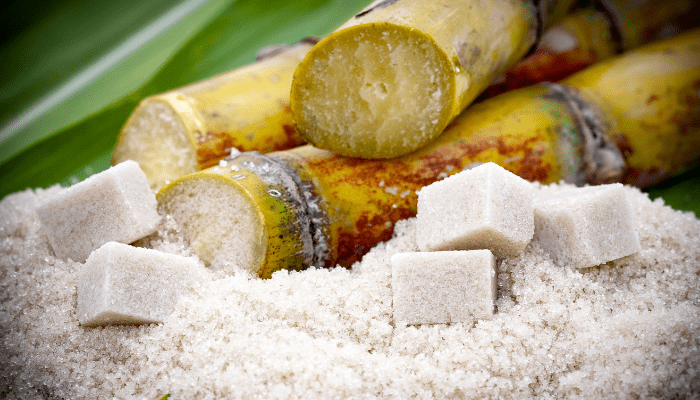
Research shows, ingestion of carbohydrates during exercise has been shown to improve performance in events lasting around 1 hour.2 In longer events, carbohydrate ingestion improves performance primarily by preventing hypoglycemia (low blood sugar) and maintaining high levels of carbohydrates to use as fuel.2 The current recommendations for carbohydrate intake in endurance exercise up to 2-3 hours is 30-60 g/hr.1 In ultra-endurance events, defined as exercise lasting 8 to 10 hours, 60 to 90 g/hr of carbohydrate is recommended.1
According to this study, :SPEED High Intensity Fuel would be categorized as a supplement aimed for endurance exercise, this INFINIT Preset Blend contains 57g of carbohydrate per 1 hour serving (55g carbohydrate in :SPEED for Women.
A recentcomprehensive review regarding the science of sports nutrition was published in Science magazine. This review highlights both the importance of individualized nutrition for an athlete's access and adequate carbohydrate consumption.
Co-author and Sports Dietitian, Louise Burke is featured in theNew York Times regarding the review. Louise comments that “Carbohydrates are the predominant and critical substrate for working muscles”. When asked if athletes should be drinking and eating carbs, Louise comments that this “dietary approach” is known to bring “the most performance benefits to the most types of athletes.”
Here at INFINIT we use a combination of glucose, sucrose (pure cane sugar) and maltodextrin in our formulas.
Sucrose is a disaccharide made of equal parts of glucose and fructose. Maltodextrin is a polysaccharide made from starch. Dextrose and sucrose are slightly faster burning molecules and are broken down more quickly by the body for optimal absorption. Maltodextrin is slower burning and therefore is more conducive for long distance endurance events.
The combination of these carbohydrates together enhances performance and fuels working muscles. When you combine all three carbohydrates, your body can absorb 30% more calories than a single carbohydrate source alone, allowing you to receive more energy through your nutrition.3

Sugar After Exercise
In terms of immediate recovery after exercise (within 0-4 hours), the Sports Dietitian Australia Position Statement, recommends that athletes consume between 1 and 1.2 grams of carbohydrate per kilogram of body weight, then resume daily fuel needs.
Research shows that consuming simple sugars immediately following a workout is shown to be the fastest way to refuel depleted glycogen stores.
This is confirmed by a 2018 study, showing that the best way to restore depleted muscle glycogen stores post-workout is to consume high-glycemic carbohydrates (simple sugars) to speed up muscle recovery.5
It’s safe to say that, the recent fear associated with the word “sugar” may be an overreaction to the ever-worsening obesity epidemic.
Fat was demonized back in the 90s as being the scourge of Americans’ waistlines, and now it’s sugar’s time to take the negative spotlight!
Don’t get me wrong, excessive sugar is a well-founded concern for the majority of sedentary Americans who are not burning enough calories to justify the consumption of over 6-9 teaspoons of sugar a day. But for the athletic population, sugar is an efficient (and tasty) fuel source given to us from nature! Why not use it? Especially if peak performance is a goal.
Registered Dietitian, Louise Burke, really said it best, “The availability of carbohydrates, rather than fat wins gold medals.”
About the Author
Tirzah Thompson is a INFINIT Formulation Specialist and 2018-2019 Dietetic student intern who currently is completing her final undergraduate year at the University of Cincinnati and is preparing to become a Registered Dietitian Nutritionist. INFINIT Nutrition is proud to partner with the University of Cincinnati's Coordinated Program in Dietetics (CPD) to provide our next generation of nutrition professionals an opportunity to spend time with the INFINIT Team and gain real-life experience of working at a sports nutrition company.
Resources
1. Burke, L., & Hawley, J. (2018). Swifter, higher, stronger: What’s on the menu?. Science, 362(6416), 781-787. doi: 10.1126/science.aau2093
2. Gretchen, R. (2018, December 4) Excelling Still Starts at the Table . New York Times, p. D4.
Beck, K. L., Thomson, J. S., Swift, R. J., & von Hurst, P. R. (2015). Role of nutrition in performance enhancement and postexercise recovery. Open access journal of sports medicine, 6, 259-67. doi:10.2147/OAJSM.S33605
3. Human Performance Laboratory, School of Sport and Exercise Sciences, University of Birmingham, Birmingham B15 2TT, United Kingdom. Submitted 23 September 2003; accepted in final form Nov. 3, 2003. Journal of Applied Physiology 96: 1285-1291, 2004. First published Dec. 2, 2003.
4. Journal of the Academy of Nutrition and Dietetics , Volume 116 , Issue 3 , 501 - 528
5. Nearly one-third of the world's population is obese or overweight, new data show. (2018, November 27). Retrieved from http://www.healthdata.org/news-release/nearly-one-third-world’s-population-obese-or-overweigh
T-new-data-show
6. Murray, B., & Rosenbloom, C. (2018). Fundamentals of glycogen metabolism for coaches and athletes. Nutrition reviews, 76(4), 243-259.
7. Position of the Academy of Nutrition and Dietetics, Dietitians of Canada, and the American College of Sports Medicine: Nutrition and Athletic Performance
Thomas, D. Travis et al.
8. “Sports Dietitians Australia Position Statement: Sports Nutrition for the Adolescent Athlete” by Desbrow B et al. International Journal of Sport Nutrition and Exercise Metabolism © 2014 Human Kinetics, Inc.
9. History of Sugar. (n.d.). Retrieved March 11, 2019, from https://www.sugar.org/sugar/history/

